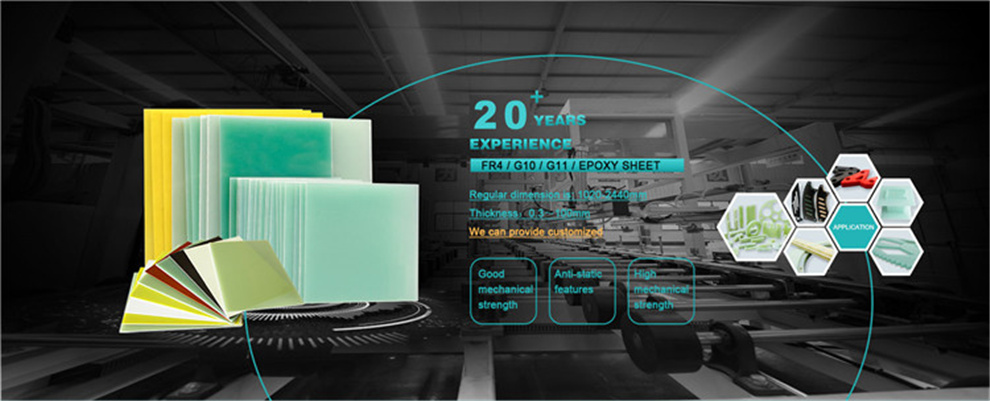Insulating materials commonly used by electricians can be divided into inorganic insulating materials, organic insulating materials and mixed insulating materials according to their chemical properties. Commonly used inorganic insulating materials are: mica, asbestos, marble, porcelain, glass, sulfur, etc.,
Mainly used as winding insulation of motors and electrical appliances, bottom plates and insulators of switches, etc. Organic insulating materials include shellac, resin, rubber, cotton yarn, paper, hemp, rayon, etc., most of which are used to make insulating varnishes and coating insulators for winding wires. Hybrid insulating materials are various shaped insulating materials processed from the above two materials and used as bases and casings of electrical appliances.

Application of insulating materials
The function of the insulating material is to isolate the live parts with different electric potentials in the electrical equipment. Therefore, the insulating material should first have high insulation resistance and withstand voltage strength, and can avoid accidents such as leakage and breakdown. Secondly, heat resistance should be good to avoid aging and deterioration due to long-term overheating; in addition, it should also have good thermal conductivity, moisture resistance and lightning resistance, high mechanical strength, and convenient processing. According to the above requirements, the performance indicators of commonly used insulating materials include insulation strength, tensile strength, specific gravity, expansion coefficient and so on.
Insulation withstand voltage strength: The higher the voltage applied at both ends of the insulator, the greater the electric field force the charge in the material receives, and the more likely it is to ionize and collide, causing the insulator to breakdown. The lowest voltage at which an insulator can break down is called the breakdown voltage of the insulator. When a 1 mm thick insulating material is broken down, the kilovolt of voltage that needs to be applied is called the dielectric strength of the insulating material, or dielectric strength for short. Since insulating materials have a certain degree of insulation strength, various electrical equipment, various safety appliances (electrician pliers, electroscopes, insulating gloves, insulating rods, etc.), various electrical materials, the manufacturer has stipulated a certain allowable voltage, said It is the rated voltage. The voltage it bears during use must not exceed its rated voltage to avoid accidents.
Tensile strength: the tensile force that an insulating material can withstand per unit cross-sectional area, for example, glass can withstand a tensile force of 1400 Newtons per square centimeter of cross-sectional area.
The insulating properties of insulating materials are closely related to temperature. The higher the temperature, the worse the insulation performance of the insulating material. In order to ensure the insulation strength, each insulation material has an appropriate maximum allowable operating temperature. Below this temperature, it can be used safely for a long time, and it will age quickly if it exceeds this temperature. According to the degree of heat resistance, the insulating materials are divided into Y, A, E, B, F, H, C and other levels. For example, the maximum allowable working temperature of Class A insulating materials is 105°C, and most of the insulating materials used in distribution transformers and motors generally belong to Class A.